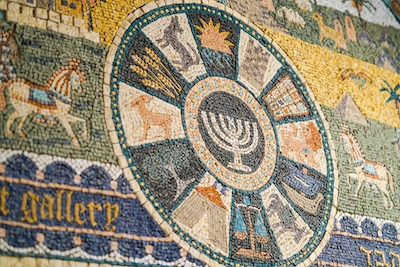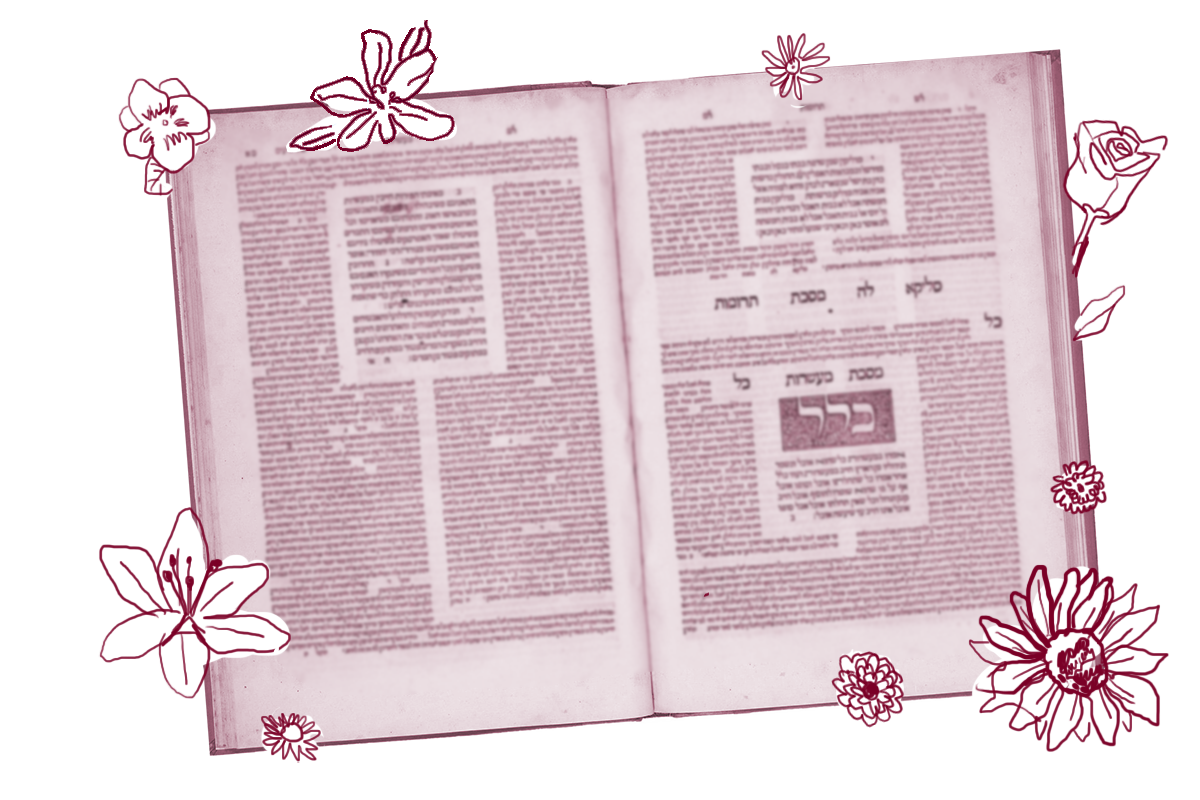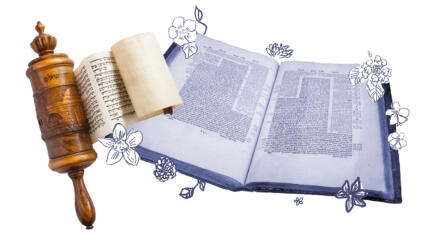Today’s daf is going to kick off an entire week of midrash about the Book of Esther. While we’ve seen lots of midrashic elements in our journey through the daily daf, it seems likely that this midrash circulated independently in Babylonia and was eventually included in the Talmud wholesale.
The particular genre of midrash we encounter today is called a petikhta (usually translated into English as “proem”). Though it appears only rarely in the Talmud, it’s incredibly common in midrashic texts. The way it works is the rabbi creating the midrash chooses a verse that ostensibly has nothing to do with the topic he wants to talk about, and then he tries to meaningfully connect them. It’s an intellectual game, a rabbinic version of six degrees of Kevin Bacon.
Our Esther midrash here offers us a series of petikhtot. Let’s look at one to see how it works:
Rabbi Shmuel bar Nahmani began his petikhta with this verse: “Instead of the thorn shall the cypress come up, and instead of the nettle shall the myrtle come up; and it shall be to the Lord for a name, for an everlasting sign that shall not be cut off.” (Isaiah 55:13)

Help us keep Jewish knowledge accessible to millions of people around the world.
Your donation to My Jewish Learning fuels endless journeys of Jewish discovery. With your help, My Jewish Learning can continue to provide nonstop opportunities for learning, connection and growth.
In its original context in Isaiah, the verse is referring to God’s promised redemption of those who had been exiled once they have repented. But Rabbi Shmuel bar Nahmani reads it as referring to the main characters of the Purim story:
“Instead of the thorn”; this means instead of the wicked Haman, because he turned himself into an object of idol worship.
The thorn mentioned in Isaiah is said to represent Haman. And why is Haman the idolator described as a thorn?Rabbi Shmuel bar Nahmani brings another verse from Isaiah, which is understood as a promise to destroy idolatry, to back up his reading: “And upon all thorns, and upon all brambles.” (Isaiah 7:19)
We then return to the original verse from Isaiah 55:
“Shall the cypress [berosh] come up”; this is Mordechai. Because he was called the chief [rosh] of all the spices, as it is stated: “Take you also to yourself the chief spices, of pure myrrh [mar deror]” (Exodus 30:23), and we translate mari dakhei.
Rabbi Shmuel bar Nahmani offers a pun to connect Mordechai to myrrh and myrrh to cypress. In Aramaic, pure myrrh is mari dakhei, which sounds an awful lot like Mordechai.
Next up, Vashti:
“Instead of the nettle [sirpad],” this is instead of the wicked Vashti. She was the daughter of the son of the wicked Nebuchadnezzar, who burned the ceiling [saraf refidat] of the House of God, as it is written: “Its top [refidato] of gold.” (Song of Songs 3:10)
Another wordplay! The word for nettle, sirpad, sounds a little like the Hebrew for “burned the ceiling of,” which is precisely what Vashti’s grandfather Nebuchadnezzar did when he burned down the Temple.
Finally, Esther:
“Shall the myrtle [hadas] come up”; this is the righteous Esther, who was called Hadassah as it is stated: “And he had brought up Hadassah.”(Esther 2:7)
Esther was also known by the name Hadassah, which is a feminized version of the Hebrew word for myrtle. Finally, Rabbi Shmuel bar Nahamani brings it all together by reading the last line of the Isaiah verse as referring to the reading of the megillah and Purim.
“And it shall be to the Lord for a name”; this is the reading of the megillah. For an everlasting sign that shall not be cut off; these are the days of Purim.
Rabbi Shmuel bar Nachmani successfully read the verse from Isaiah as pointing to the main characters of the Purim story, the mitzvah of reading the megillah, andthe two days on which Purim is celebrated. Now that’s a petikhta.
Read all of Megillah 10 on Sefaria.
This piece originally appeared in a My Jewish Learning Daf Yomi email newsletter sent on December 22st, 2021. If you are interested in receiving the newsletter, sign up here.



